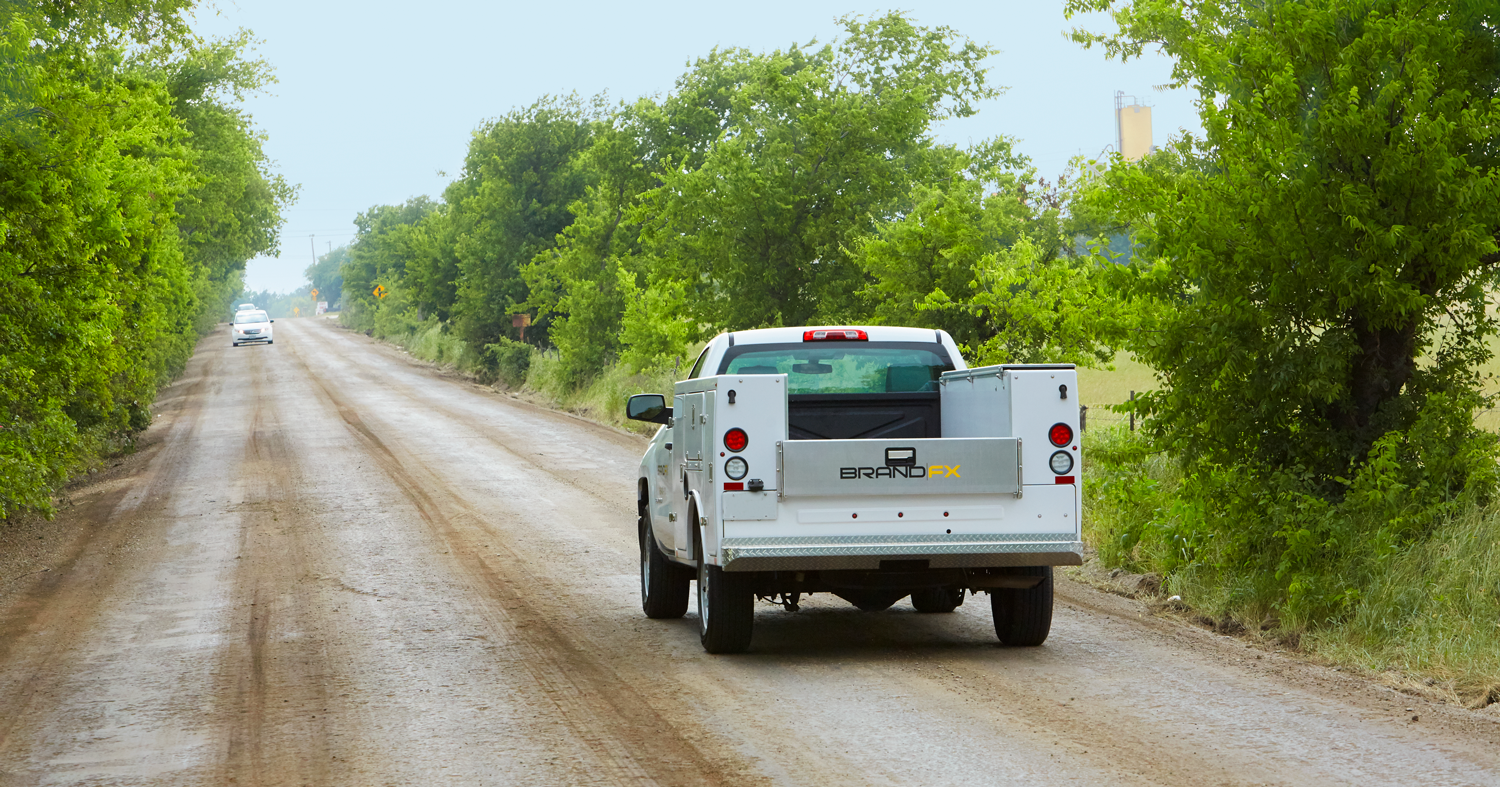For years, metal construction has dominated the truck body industry conversation. Steel and aluminum have proven to be safe choices as fleets look to deliver in the toughest environments. But where does fiberglass-based composite construction rank in this mix? Frankly, pretty high on the list. These modern day wonders often exceed the performance of steel and aluminum truck bodies in head-to-head comparisons. But the myths surrounding these composites persist. Below we address a few of these.
1) Advanced Composites Can’t Handle the Most Demanding Work
Lack of toughness. Often this comes to the minds of fleet managers when considering composites as an option for purchase. However, this thinking has proven to be unfounded. Why? Because advanced fiberglass-based composites have a unique combination of lightweight construction and high-strength performance. In fact, some of the largest service companies in the U.S. opt for advanced composite service and line bodies. So, ultimately, we are talking about some seriously demanding conditions. Additionally, fiberglass composite trucks are compatible with most crane and aerial applications – again another key test in strength and durability. And advanced fiberglass composite material won’t dent, bend, crack or corrode, even in the worst climate conditions. When you add in the fuel savings received as a result of composites’ light weight construction, these advanced bodies should be considered on the modern fleet manager’s short list.
2) They’re Difficult to Repair
Repairing damaged fiberglass composites may seem to be a difficult task. In reality, this is not the case as composites are far easier to repair than steel or aluminum bodies. With some common tools, most damage can be isolated and repaired with a few key steps. Basic tools required include a buffing wheel, an orbital sander, a putty knife, some industrial tape, a straight edge for smoothing, and a utensil for mixing. In general, when compared to a steel or aluminum bodies, the repair effort is significantly more simple. And with composites, the smaller damaged area can be isolated, cutout and repaired…unlike metal bodies where bent steel or aluminum often requires full section repairs. With some basic body shop work your composite body will show no evidence of repair.
3) Composites are Pricey
Another misconception relates to affordability. Sure, composite bodies are more expensive than steel and aluminum on the front-end. And some might assume that because steel and aluminum bodies require a lower initial investment, that they are more cost effective. This simply isn’t true. A few key factors support the opinion that composites are the smarter investment:
- The long life of the composite body (averaging 20+ years), and the ability to transfer composite bodies from one chassis to another.
- Fuel savings from the lightweight design, which can equal up to $1,600 per year for a single truck driven only 25,000 miles.
- Reduced routine maintenance costs because of the reduced stress forced on brakes, shocks, and suspension components.
A final thought – myths and misconceptions can lead to purchase decisions that might not be the right fit or the smartest financial move for your company or fleet. Know the facts and make the move to advanced fiberglass composites. Because modernizing your fleet can be this simple.
_________
Ben Rookey
Marketing Manager at BrandFX Body Company
